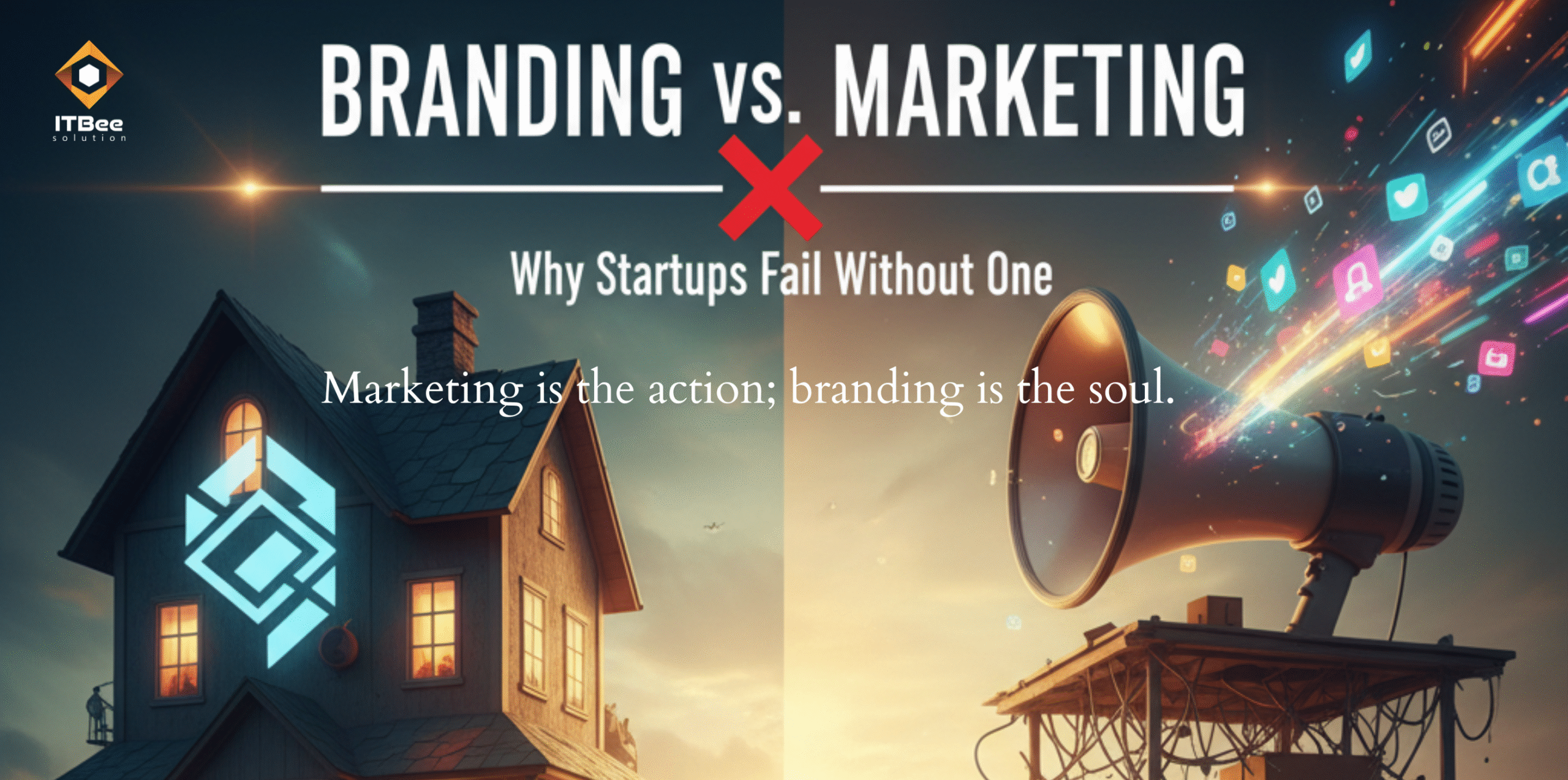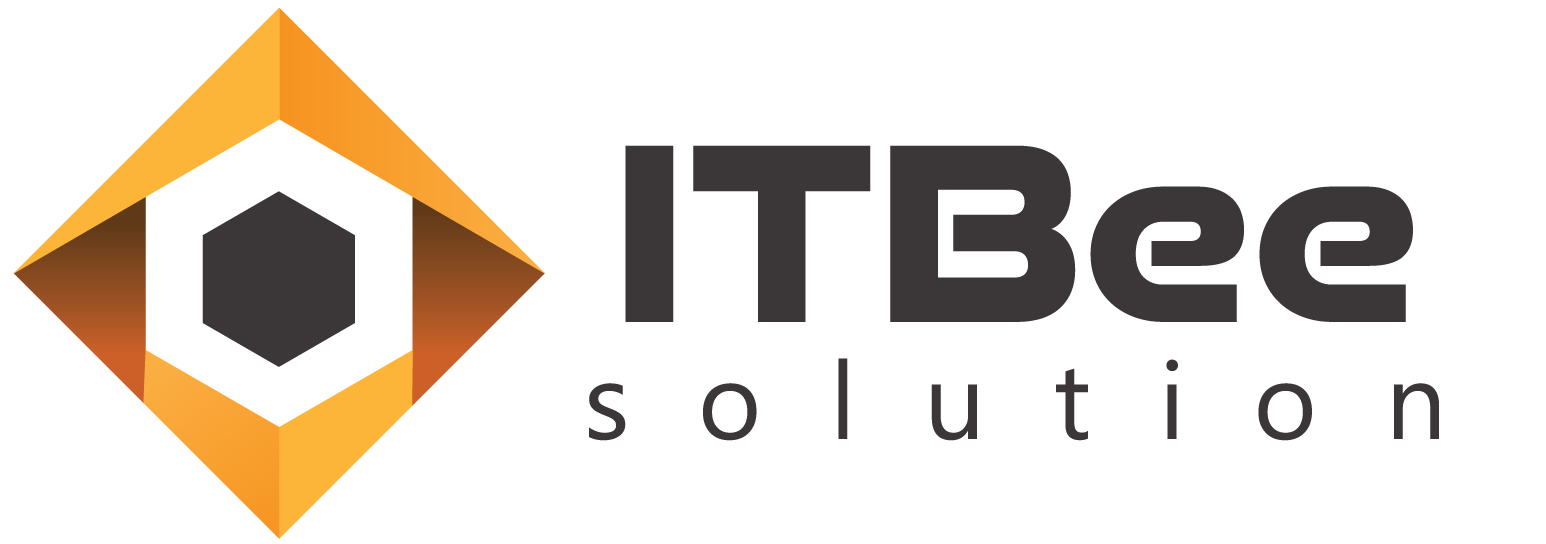
- October 8, 2025
- sadia
- 0
It’s the classic startup trap. You have a brilliant idea, a flawless product, and a killer business plan. You launch, pour all your energy into social media posts and ad campaigns, and… nothing. The sales are a trickle, not a flood. Your brand feels invisible.
The problem isn’t your marketing. It’s your branding.
In the fast-paced, noisy world of entrepreneurship, it’s easy to confuse these two critical concepts. Many founders believe they are one and the same, but that’s a mistake that can lead to failure, burnout, and a business that never finds its footing.
Marketing is the action; branding is the soul.
If you want to build a business that lasts, you need to understand the fundamental difference and, more importantly, prioritize the right one first. Let’s break down why.
What Is Branding?
Branding is the intangible. It’s the gut feeling people have about your company. It’s what they think of when they hear your name. It’s the sum total of every interaction they have with you, from your website’s color palette to the tone of your customer service emails.
Branding is the foundation of your business. It’s about defining:
Your "Why":
Why do you exist? What is your mission, vision, and core values?
Your Promise:
What do you promise to deliver to your customers? What problem do you solve for them?
Your Personality:
If your brand were a person, what would they be like? Are you friendly and playful? Professional and trustworthy? Bold and rebellious?
Your Visual Identity:
This is what most people mistake for branding. It includes your logo, color scheme, typography, and imagery.
Note: (See: branding & graphic design for how design supports branding.)
You can’t just buy a good reputation; you build it over time through consistent actions and values. Brand management goes deeper into this.
What Is Marketing?
Marketing is the tangible. It’s the toolbox you use to get your brand’s message out into the world. It’s the strategic process of promoting and selling your products or services.
Marketing is how you communicate your brand. It includes:
▪️Content Marketing: Blog posts, articles, videos, and podcasts.
▪️Social Media Marketing: Engaging on platforms like Instagram, TikTok, and LinkedIn.
▪️Email Marketing: Newsletters and promotional campaigns.
▪️Paid Advertising: Google Ads, Facebook Ads, and influencer collaborations.
▪️Public Relations: Getting media coverage and press mentions.
(Marketing has many branches and tools you can explore.) If you want expert help setting this up, check out Digital Marketing Services.
Marketing is the megaphone. It’s what you use to tell people about your product. It’s a series of tactical activities with a measurable goal, more sales, more leads, more traffic.
The Fundamental Flaw: Putting the Cart Before the Horse
Here’s the core reason why many startups fail: they focus on marketing without a solid brand.
Imagine you’re running a campaign for a shoe company. You spend thousands on social media ads showing off your new running shoe. The ad is brilliant, the creative is stunning, and the copy is compelling. You get thousands of clicks. But when people land on your website, they find a generic page with a bland design, no clear mission, and no compelling story. They leave without buying.
Why? Because there’s no emotional connection. There’s no reason to choose you over a hundred other shoe companies. Your marketing brought them to the door, but your weak brand gave them no reason to stay.
Marketing without a brand is like speaking a language no one understands. Your message gets lost in the noise. You’re competing on price, not value, and that’s a race to the bottom that no one wins. (Logo design vs branding explains this common confusion.)
Conversely, a strong brand can make your marketing efforts 10x more effective. When people already know who you are and what you stand for, they are more likely to engage with your marketing, trust your message, and become loyal customers. (Brand community shows how loyalty forms around strong brands.)
A Step-by-Step Guide for Startups
So, how do you do this right? Follow this simple roadmap:
Step 1: Deep Dive Into Your Brand (Phase 1)
Don’t touch a single marketing campaign. Sit down and answer the tough questions:
- Who are we, really? What is our story?
- What problem are we solving for our customers, and what emotions do we want them to feel?
- What three words describe our brand’s personality?
- What is our promise to our customers?
Use these answers to create a Brand Strategy Document. This will be your business’s North Star.
Step 2: Build Your Visual & Verbal Identity (Phase 2)
Now that you have your foundation, build the house.
- Work with a designer to create a logo, color palette, and typography that reflect your brand’s personality.
- Develop a consistent brand voice and tone. Is it witty? Empathetic? Authoritative?
Ensure every single touchpoint, from your website to your email signature, reflects this identity. (Corporate identity gives a structured explanation of this.)
Step 3: Launch Your Marketing Engine (Phase 3)
With your brand firmly established, you can now launch your marketing efforts with confidence. Every marketing tactic you employ—from a paid ad to a blog post—will now serve to amplify a clear, consistent, and compelling brand.
It’s a more challenging path at the beginning, but it’s the only one that leads to sustainable, long-term success.
The Final Word
Your brand isn’t just a logo or a catchy tagline. It’s the reputation you build, the emotions you evoke, and the promise you deliver. Your marketing is what you do to get people’s attention.
Startups fail when they focus all their energy on yelling from the rooftops (marketing) without first building a house (branding) that people want to enter and stay in.
Don’t just market your product. Brand your business. That’s how you go from being just another startup to a company people know, trust, and love.

